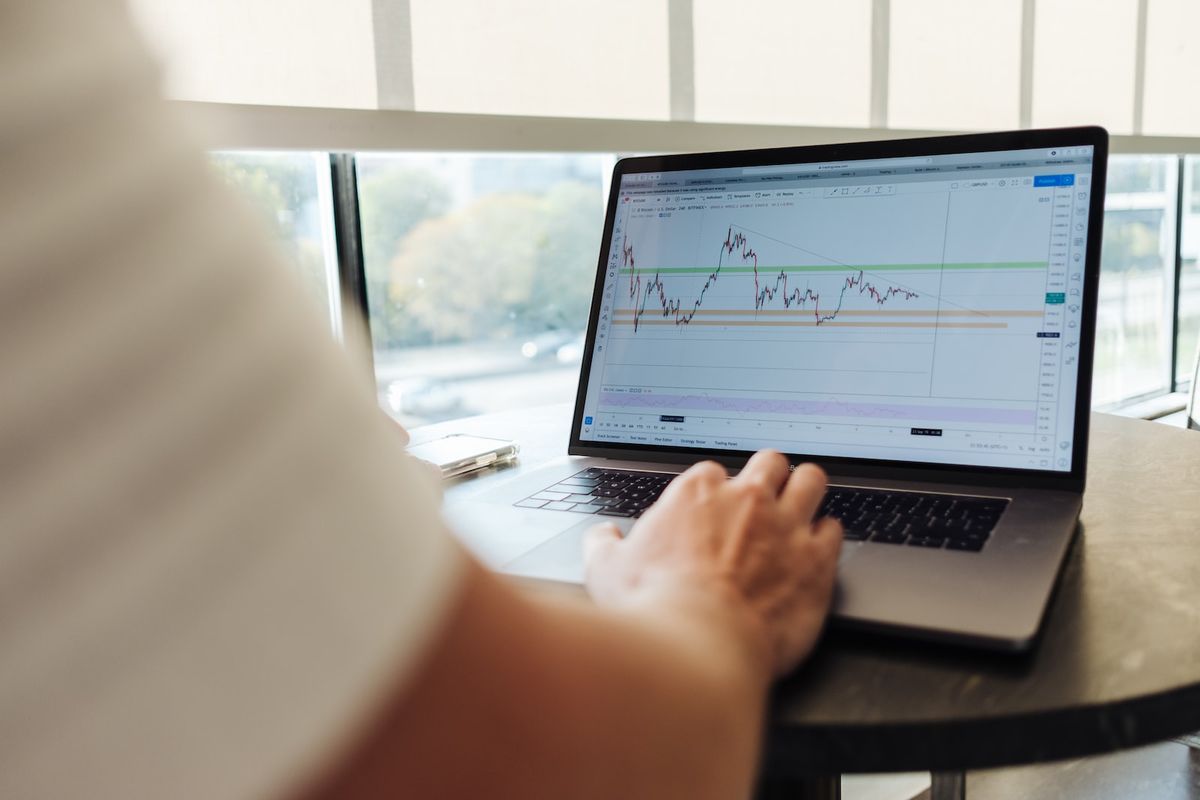Backtesting Expert Advisors: How!

INTRO:
Backtesting is a process used by traders to evaluate the performance of expert advisors (EAs) before they are deployed in real-time trading. By running a backtest, traders can gain insight into how an EA would have performed in the past based on historical market data. This process can provide valuable information on how an EA is likely to perform in the future. In this article, we will discuss the benefits and challenges of backtesting, the backtesting process, testing environment considerations, set-up of EAs, data sources and quality, strategies for analysis, evaluation of results, optimization of EAs, interpreting the results, and concluding remarks.
Introduction to Backtesting
Backtesting is a method used by traders to evaluate the performance of expert advisors (EAs) before they are deployed in real-time trading. Backtesting involves running a simulation of an EA in the past using historical market data, and then analyzing the results. This process allows traders to gain insight into how an EA would have performed in the past and can provide valuable information on how an EA is likely to perform in the future.
The Benefits of Backtesting
The main benefit of backtesting is that it can provide traders with a more accurate picture of how an EA is likely to perform in the future. By running a backtest, traders can identify potential risks and rewards associated with an EA before they deploy it in real-time trading. Backtesting can also help traders understand how an EA will respond to different market conditions, allowing them to make more informed decisions about when to deploy an EA.
Challenges of Backtesting
Backtesting can be a time-consuming process, as it requires traders to manually analyze large amounts of data. Additionally, backtesting can be challenging due to the lack of reliable data sources and the difficulty of accurately interpreting the results. Furthermore, backtesting can be difficult due to the complexity of EAs, which can make it difficult to accurately simulate an EA’s behavior in the past.
The Backtesting Process
The backtesting process typically begins with the selection of a testing environment. This environment should be as close to the real-time trading environment as possible, and should include a reliable data source and the ability to accurately simulate an EA’s behavior. Once the testing environment is set up, traders can begin the backtesting process.
Testing Environment Considerations
When selecting a testing environment, traders should consider factors such as the quality of the data source, the accuracy of the simulation, and the availability of the necessary tools. Additionally, traders should ensure that the testing environment is as close as possible to the real-time trading environment.
Set-Up of Expert Advisors
Once the testing environment has been set up, traders can begin the process of setting up EAs for backtesting. This process typically includes selecting the appropriate parameters for an EA, such as the entry and exit points, and the stop-loss and take-profit levels. Additionally, traders should ensure that the EA is properly calibrated for the market conditions in which it will be deployed.
Data Sources and Quality
The quality of the data source used for backtesting is an important factor to consider. Traders should ensure that the data is reliable and accurate, and that it is representative of the market conditions in which the EA will be deployed. Additionally, traders should consider the frequency of the data, as well as the availability of historical data.
Strategies for Analysis
Once the EA has been set up and the data source has been selected, traders can begin the process of analyzing the results of the backtest. Traders should consider a variety of strategies for analyzing the results, such as backtesting multiple EAs in the same environment, running simulations with different parameters, and comparing the results of different EAs.
Evaluation of Results
Traders should evaluate the results of a backtest to identify any potential risks or rewards associated with an EA. This process typically involves analyzing the data to identify any patterns or trends that can be used to assess the performance of an EA. Additionally, traders should compare the results of the backtest to the results of real-time trading to ensure that the EA is performing as expected.
Optimization of Expert Advisors
Traders can use the results of a backtest to optimize the parameters of an EA. This process typically involves adjusting the parameters of an EA to improve its performance, such as adjusting the entry and exit points or the stop-loss and take-profit levels. Additionally, traders should consider running simulations with different parameters and comparing the results to identify the most profitable configuration.
Interpreting the Results
Interpreting the results of a backtest can be a challenging task. Traders should consider factors such as the accuracy of the data source, the accuracy of the simulation, and the complexity of the EA when interpreting the results. Additionally, traders should compare the results of the backtest to the results of real-time trading to ensure that the EA is performing as expected.
Conclusion
Backtesting is an important process for traders who wish to evaluate the performance of expert advisors before they are deployed in real-time trading. By running a backtest, traders can gain insight into how an EA is likely to perform in the future, and can identify potential risks and rewards associated with an EA. Additionally, backtesting can help traders optimize the parameters of an EA, and interpret the results of a backtest.

